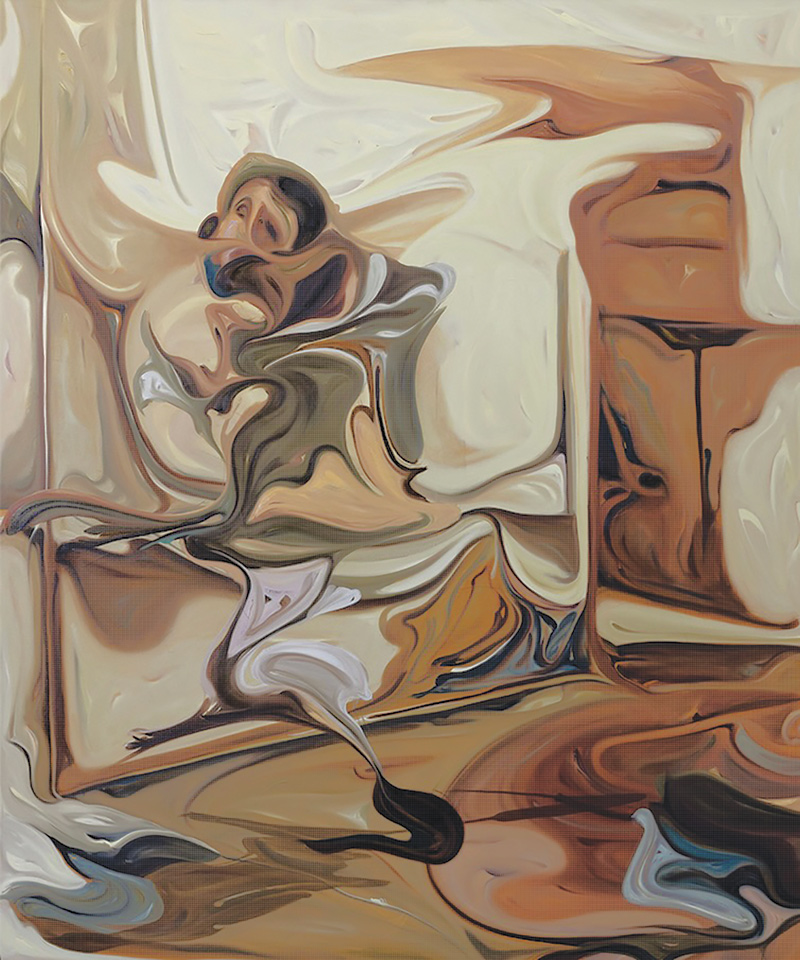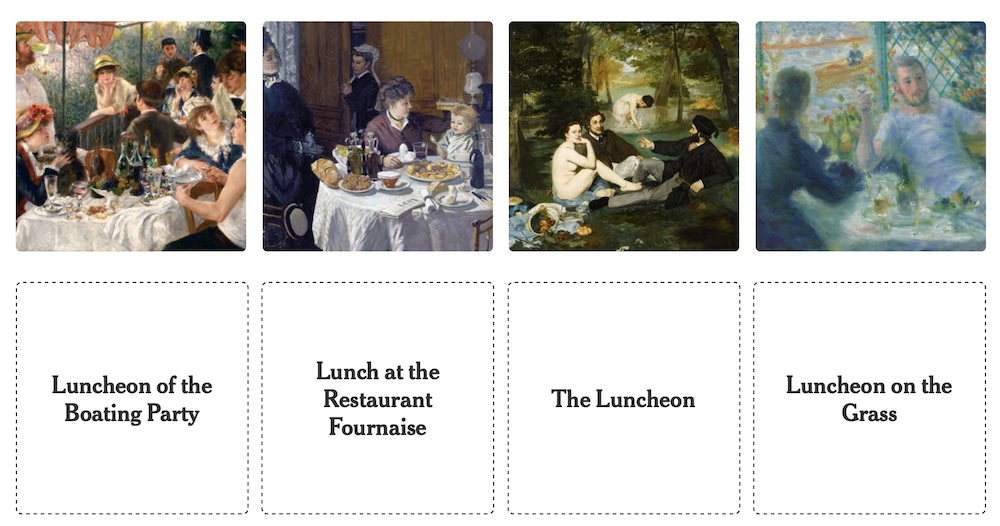Expo Chicago to revive Windy City’s glorious art-fair legacy

By KEVIN NANCE
If anyone is ideally positioned to carry on the line of major art fairs in Chicago and restore it to health after years of turmoil, it’s Tony Karman. He’s been involved—sometimes tangentially, sometimes heavily—in nearly all of the fairs dating back to the early 1980s, when he worked at the Chicago International Art Exposition as a security guard. More recently, after two decades as one of the local art scene’s busiest drum-beaters and string-pullers, he helped organize four editions of Art Chicago at the Merchandise Mart, which threw up its hand last winter and canceled this year’s event. By that time, Karman had already left the Mart and—with “absolute chutzpah,” he admits in an interview—announced his own fair, the International Exposition of Contemporary/Modern Art & Design, aka Expo Chicago, premiering Sept. 19-23, 2012 at Navy Pier.
Mart executives argued that Chicago is no longer a viable player in the art-fair market, which they claimed has “gravitated towards the coasts.” Karman begs to differ. “I’m not a controversial guy—I don’t throw stones—but that statement does not hold water,” he declares. “This is a city that led the world with a great international art fair, and there’s absolutely no reason why we can’t do it again.”
In some ways, Karman’s playbook for Expo Chicago is not so different from the one he used with varying success at the Mart: building partnerships and goodwill with the city’s visual arts movers and shakers, including top collectors, dealers, and museums (in particular the Museum of Contemporary Art, who benefit preview, Vernissage, is being revived after an eight-year hiatus); tempting out-of-town buyers by leveraging Chicago’s array of cultural amenities, including its world-class restaurant scene; and enlisting the support of the city, whose civic pride (an income from tourism) would suffer a significant blow if it no longer boasted a major art fair. “It would have been sad if there’d been no fair this year,” says Janet Alberti, MCA’s deputy director. “We were really sorry that the Mart made the decision not to move forward, but Tony’s doing the city a great service by revitalizing the fair.”
To that end, karman has a few new cards up his elegantly tailored sleeve. He has pumped Expo Chicago full of star power in the form or architect Jeanne Gang, who has designed a thoughtful new scheme for the booth configuration at Navy Pier’s Festival Hall, and top chefs Michael Kornick, Graham Elliot, Ryan Poli, Patricio Sandoval and Randy Zweiban, who will add a touch of culinary artistry to the paintings and sculpture. And smartly, Karman is mounting Expo Chicago not in the fairs’ traditional spring time frame but in the fall, taking it out of the competition with the year’s biggest art auctions at Sotheby’s and Christie’s in New York and getting an intuitive jump on Art Basel Miami Beach, which has boomed in large part because of its host city’s famously balmy winter weather. “September in Chicago is our December in Miami,” he says. “There’s nothing more beautiful than autumn in Chicago.”
Just as important, Expo Chicago is doing what few, if any, of its predecessors ever did: imposing strict discipline on the size of the event. Where Art Chicago and its various components and companions grew so large and unwieldy that some patrons were overwhelmed by the sheer acreage to be covered—which also had the effect of spreading sales too thinly among too many dealers—Karman has taken a beyond-boutique approach, emphasizing quality over quantity by limiting participation to exactly 100 of the world’s top galleries. (For the complete list, which was strategically announced a full five months before the event, visit Expochicago.com/exhibitors.) That’s crucial to the galleries, several of whom complained of market dilution during the more-is-more years at the Mart. “One reason I limited the fair to 100 galleries is that there’s a better chance they’ll see the kind of business they’re looking for,” Karman says. “If I did a show with 200 dealers, I think we’d repeat what happened in the past, and they would hit that same wall.”
Most crucial of all, perhaps, is the return to Navy Pier, home of Art Chicago in its storied heyday in the 1980s and the early ‘90s. Part of its appeal is logistical and aesthetic; unlike the Mart, with its relatively low ceilings, Festival Hall allows for 12-foot booth walls (borrowed from Mark Lyman’s annual SOFA show) and an airy feelings of space overhead. But especially for those with long memories, Expo Chicago’s venue is significant for reasons that have less to do with the height of the booths than with emotion and history.
“The two magic words that made this work were ‘Navy Pier,’” Karman says. “When we were able to secure the Pier, it allowed nostalgia to take over and and sent a massive signal to the international art world that we’re reconnecting to the legacy of the fair. Back in 1980, there were three great art fairs in the world: Cologne, Basel, and Chicago. The art fair scene has since gotten much larger, of course, but the institutional memory of what this city meant to the international art world—collector, curator, dealer—is undeniable. It would be sad for them, as well as sad for our city, not to have a fair that lives up to that legacy and continues to raise the bar.
Of course, its venues alone doesn’t guarantee Expo Chicago’s success. In 2005, a new show, Chicago Contemporary & Classic, set itself up at a Navy Pier in direct competition with Art Chicago, which had left the Pier after an ugly financial dispute. (In 2004, McPier sued Art Chicago owner-operator Thomas Blackman for what it claimed was $375,000 in unpaid rent. The lawsuit settled out of court, and Blackman moved his fair to a tent in Butler Field. Art Chicago’s money woes continued, however, leading to the Mart’s last minute rescue/takeover in 2006.) Chicago Contemporary & Classic, which had announced a long-term lease at the Pier, turned out to be short-lived.
Arman hopes to avoid the fate of CC&C, which had included exhibitors of the traditional art and antiques as well as contemporary and modern art, and which positioned itself as a regional fair rather than national or international one. “Every fair needs to know what its niche is,” CC&C’s Ilana Vardy told me when I reported on the event for the Chicago-Sun times. “Chicago needs to serve the market in the city, the needs to serve the market in the city, the state and the region surrounding Illinois. We’re not trying to be another Art Basel, because its not going to happen here that way. There isn’t enough time on the calendar for collectors of that level to keep going to so many fairs. My goal is to rebuild the Chicago fair as a Midwest show.”
Like Vardy before him, Karman believes in the importance of the regional market as a key element of the business strategy of the fair and its exhibitors. “The art world recognizes that Chicago plays an important role in the ecosystem, even in this era of potentially too many art fairs,” he says. “My job is not necessarily to turn out the collectors in L.A. and New York and Europe—even though I think we will because we’re an international city that people love to visit. The dealers are really looking to me to turn to our tertiary markets like Tulsa and Omaha, Kansas City and St. Louis, Cleveland and Minneapolis, Dallas and Houston, places with lots of collectors who historically come to the art fair here. Those people are just as important to the dealers as collectors in Paris of Shanghai.
But unlike CC&C, which has relatively few top galleries on its exhibitor roster, Expo Chicago has gone for the creme-de-la-creme, which, in a strong vote of confidence, has turned out in force. “To do just a regional fair doesn’t draw the region,” Karman says. “That just doesn’t work in Chicago, where any fair is always going to be judged by the standard of our glorious past, by the legacy and the aspirations of our collectors for 30 years. The only way to do a successful fair here, I feel, is to do it on that level. “
On the other hand, Expo Chicago’s emphasis on staying relatively small has had the potential of ruffling feathers among the local gallerists, several of whom would have liked to participate but didn’t meet the criteria established by Karman’s selection committee (composed of Chicago’s D’Amelio and San Francisco’s Anthony Meier). “If I were taking any gallery in, the context of exclusivity would be lost, and so would be the filter that assures the collector that this is a highly curated show,” Karman says. “It would have never stirred any souls, and it would never have been able to compete in the international marketplace. That’s why I did it, and painfully so. It’s also why we’re going to have booth reviews. If they said they were going to bring a Rauschenberg, where’s the Rauschenberg?”
Fortunately, even many local gallerists who aren’t in Expo Chicago are pulling for Karman to succeed. “Tony has a lot of fans in this town,” says Linda Warren of Linda Warren Projects in the West Loop. “We’re all in his corner, because if he makes this thing work, it’ll benefit us all.”






